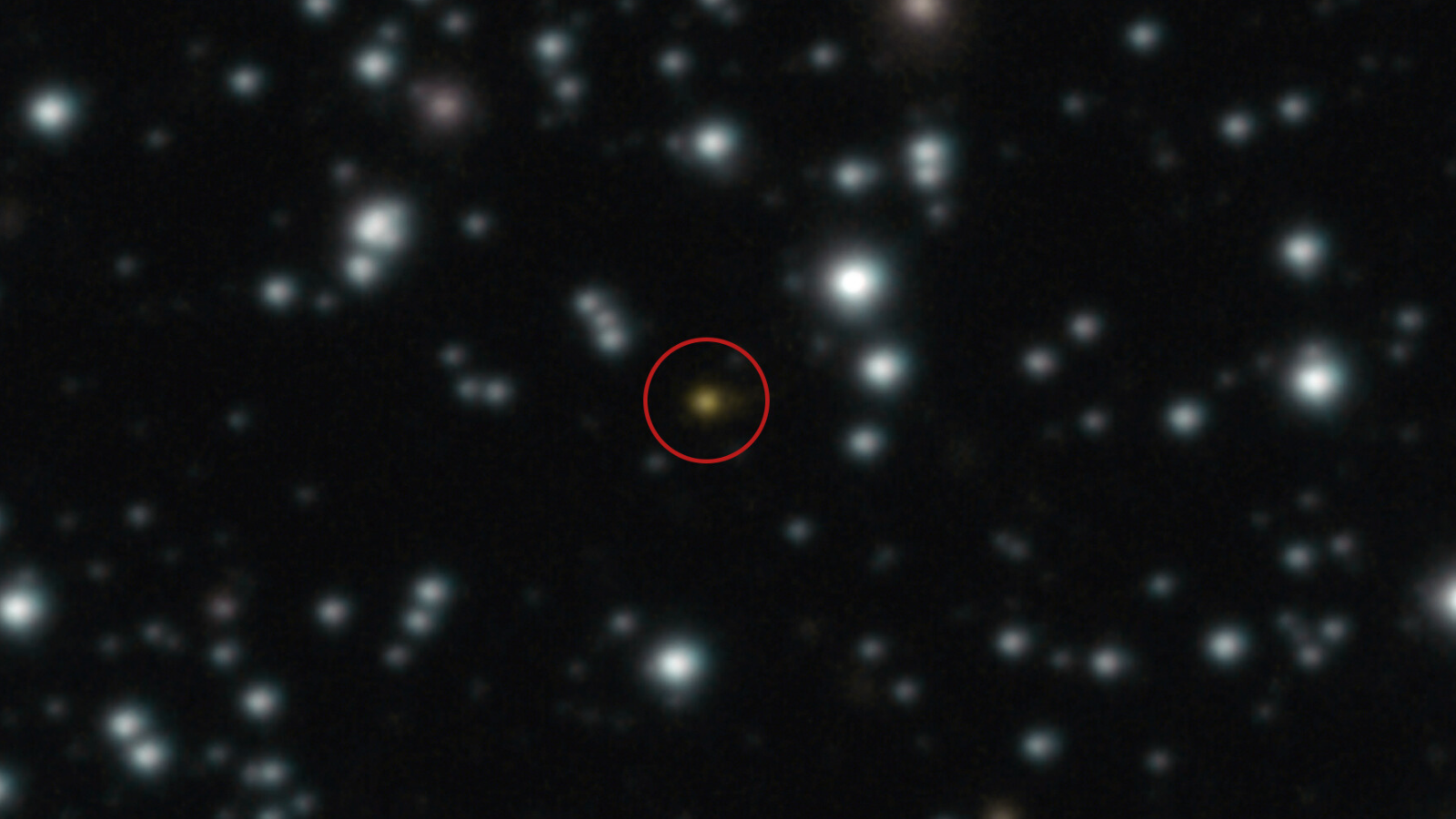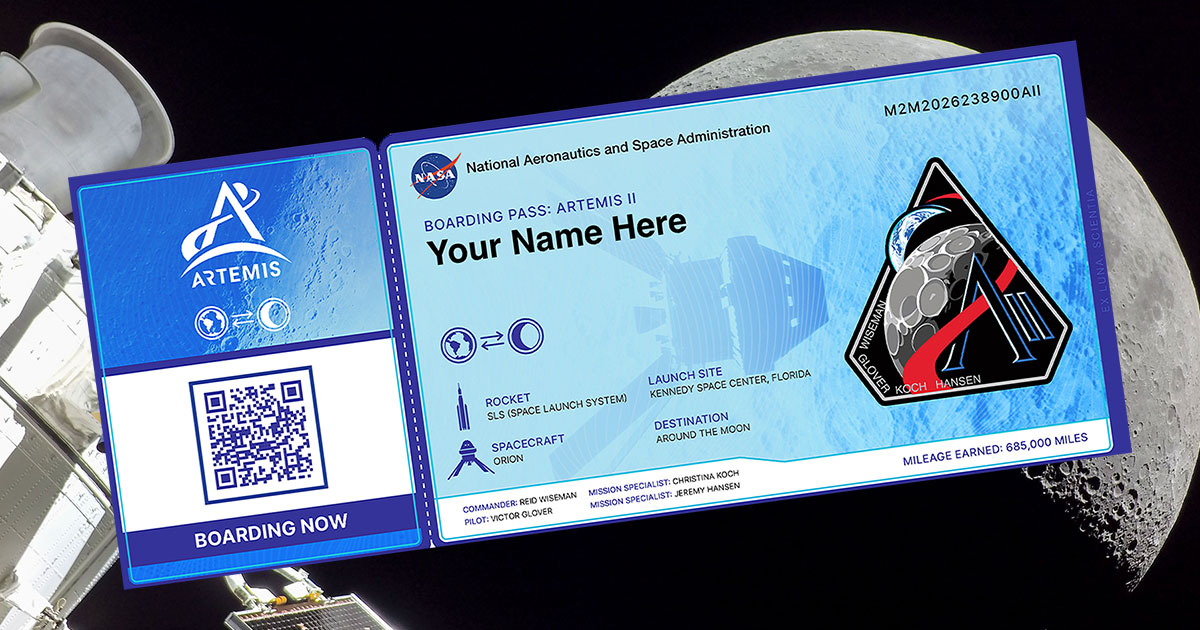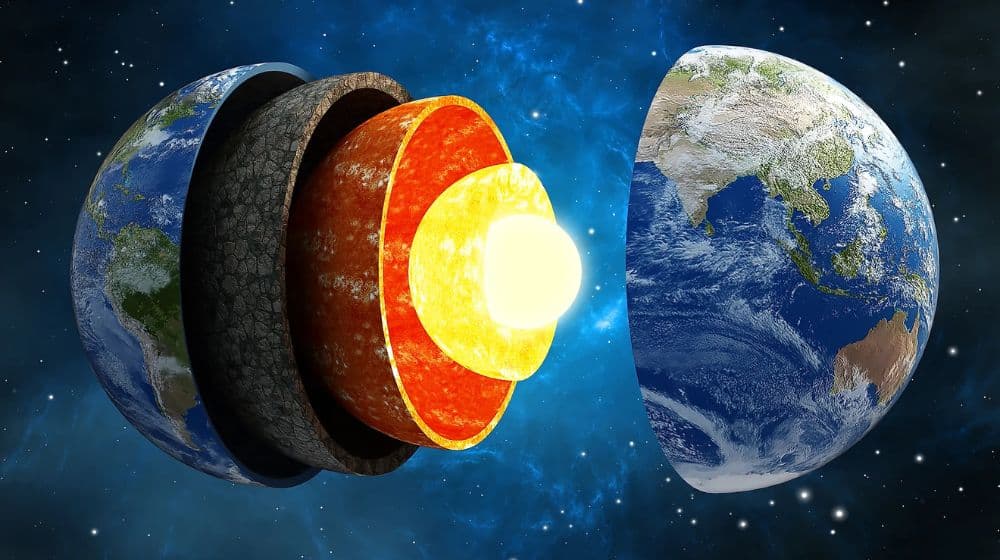Analemma Tower: The Future of Architecture Suspended in Space

The Analemma Tower is a visionary project that reimagines the possibilities of architecture by conceptualizing a building suspended beneath an orbiting asteroid. This innovative design transcends the limitations of traditional skyscrapers, presenting the concept of a space-moored structure that exists beyond both planetary and orbital boundaries. Developed by the interdisciplinary architecture firm Clouds AO, this speculative design represents a significant leap in the realm of space architecture.
Analemma Tower hanging from Space © Clouds AO
A New Foundation
Unlike conventional megastructures that depend on immense foundations anchored to the ground, the Analemma Tower takes a revolutionary approach by hanging from space. The structure is designed to be anchored to an asteroid located in geosynchronous orbit, where it is secured to the Earth’s surface using duct tape—a unique yet symbolic gesture that emphasizes its unconventional nature. Geosynchronous orbit allows this asteroid to maintain a stable position, orbiting the Earth once every 24 hours. The name ‘Analemma’ refers to the figure-eight pattern traced by the tower’s orbit in the sky as viewed from the Earth, highlighting its slow, graceful movement as it wobbles above bustling cities like Dubai and New York City.
The Importance of an Analemma-Shaped Orbit
The tower's orbit, or “ground trace,” creates a visually striking pathway across the Earth’s surface, with both height and width carefully designed for practical purposes. As the tower approaches the northern and southern extremes of its trajectory, its motion slows, allowing for optimal transfer zones where asteroid hubs can dock or depart. This strategic positioning above major urban centers like New York City allows for the creation of entry hubs that require minimal relative motion, making access to the tower more feasible.
In the proposed designs, lower levels of the tower are envisioned as spaces for shops and residences, making them easily accessible, while the upper levels ascend to near-orbital altitudes, designated for recreational or spiritual pursuits. This unique vertical layout would facilitate overnight stays at high altitudes, providing occupants with a remarkable balance between the convenience of ground-level access and the tranquility of elevated experiences.
Environmental and Technical Considerations
The design team at Clouds AO conducted extensive atmospheric studies to evaluate how altitude would affect pressure, temperature, light exposure, and overall comfort for occupants. The apex of the tower could receive approximately 40 minutes more of natural sunlight due to the curvature of the Earth, while conditions at extreme heights would necessitate pressurized environments due to low temperatures—which could drop to around -40 °C—and low atmospheric pressure. Moreover, varying temperature conditions at different heights would need to be accounted for in the tower's design.
Vertical transportation within the tower would rely on cutting-edge engineering technologies. While traditional cable-based elevators could be used, the team anticipates the development of innovative cableless electromagnetic lifts, enabling smooth travel from the extreme heights of the tower down to ground level. Additionally, solar panels positioned above most of the Earth’s atmosphere would allow the tower to harness significant energy outputs, unaffected by atmospheric conditions. A closed-loop system is also proposed to manage the water supply by recycling rainwater, condensation, and even cloud water, promoting sustainability.
Analemma Tower © Clouds AO
Feasibility of the Project
The feasibility of constructing the Analemma Tower hinges on economic factors. Clouds AO asserts that building costs per square foot in Dubai are significantly lower—approximately one-fifth the cost compared to New York City. Consequently, the firm envisions the tower's initial construction taking place in Dubai, followed by transporting the completed structure to its asteroid anchor before positioning it in strategic global locations.
Material science and engineering would play crucial roles in this endeavor, as constructing a cable capable of supporting 20,000 square meters of tower space while remaining lightweight is essential. Advancements in material science would be necessary to achieve the required strength without added weight. Challenges also remain in accelerating asteroids to stable orbits and maintaining cable tension, especially in the face of orbital perturbations. Human habitation at varying altitudes would demand control over intense environmental factors such as vacuum conditions and radiation exposure.
Analemma Tower Redefining Architecture © Clouds AO
Architecture Beyond Blueprints
The concept of the Analemma Tower expands the definition of architecture, suggesting that built environments can transcend terrestrial boundaries to reach into orbit. This ambitious project weaves together elements of celestial mechanics and architectural resilience, challenging our understanding of spatial design and human ingenuity. The floating architectural vision defies conventional principles and evokes a sense of science fiction, indicating a potential revolution in the future of architectural design.
Analemma Tower Project Details
Project Name: Analemma Tower
Architect: Clouds AO
Location: Dubai, UAE
Photography / Renders: © Clouds AO






























